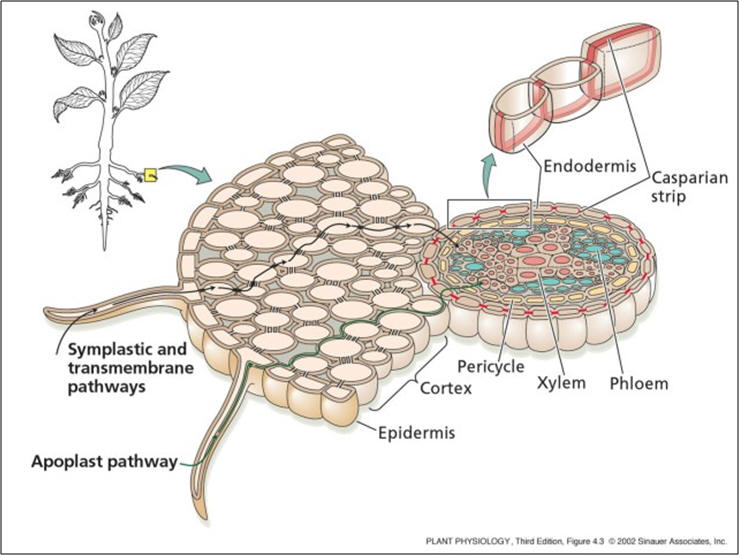 Home
Home AGRONOMY 4052
Course Description: The course will provide detailed information on plant nutrition, soil fertility, and fertilizer management of the essential plant macro- and micro-nutrients. The influence of numerous soil biological, physical, and chemical properties on plant nutrient availability to crops will be emphasized.
Course Objective: To establish a thorough understanding of plant nutrition, soil fertility, and fertilizer management in each student so that he can (1) describe soil and plant nutrient relationships and (2) identify plant nutrition-soil fertility problems and recommend proper corrective actions
Specific Objectives:
1. Describe how plants take up or absorb plant nutrients, and how the soil system supplies these elements.
2. Identify/describe plant nutrient deficiency symptoms in several major crops and methods used to quantify plant nutrient problems.
3. Describe how soil organic matter, cation exchange capacity, soil pH, parent material, climate, and manís activities affect nutrient availability.
4. Discriminate fertilizer and soil amendment materials on the basis of content, use and effects on both the soil and the crop.
5. Calculate, using basic chemical principles, rates of fertilizers and amendments needed to correct plant nutrition problems in the field.
6. Describe nutrient response patterns, fertilizer-use efficiency, and the economics involved in fertilizer use.
7. Understand how to develop a nutrient management plan.
8. Describe and evaluate soil management practices that deteriorate and sustain soil productivity and environmental quality.
Course Outline
Chapter I: Introduction (background, definitions and yield limiting factors)
Chapter II: Basic Soil-Plant Relationships (ion exchange in soils, ion transport to roots, ion absorption by roots)
Chapter III: Soil Acidity and Alkalinity (general concepts; soil acidity and buffering capacity; lime requirement and lime application; calcareous, saline and sodic soils)
Chapter IV: Nitrogen (forms in plants and soils; cycle and transformation; factors affecting N availability; sources and management)
Chapter V: Phosphorus (forms in plants and soils; cycle and transformation; factors affecting availability; sources and management)
Chapter VI: Potassium (forms in plants and soils; cycle and transformation; factors affecting availability; sources and management)
Chapter VII: Sulfur, Calcium, Magnesium
Chapter VIII: Micronutrients (Fe, Zn, Cu, Mn, B, Cl, Mo, Ni) and Beneficial Nutrients (Na, Si, Co, Se, V)
Chapter IX: Soil Fertility Evaluation (plant analysis, soil testing, remote sensing)
Chapter X: Nutrient Management (soil factors, crop factors, precision agriculture techniques)
Chapter XI: Nutrients, Water Use and Economics
Chapter XII: Agricultural Productivity and Environmental Quality (soil and crop productivity, tillage and rotation effects)
HIGHLIGHTS OF THE COURSE
There are 17 plant essential nutrients.
Carbon, hydrogen and oxygen (macro nutrients, non-mineral)
Nitrogen, phosphorus, and potassium (primary macro nutrients, mineral)
Sulfur, calcium, and magnesium (secondary macro nutrients, mineral)
Fe, Zn, Cu, Cl, B, Mn, Mo, Ni (micronutrients, mineral)
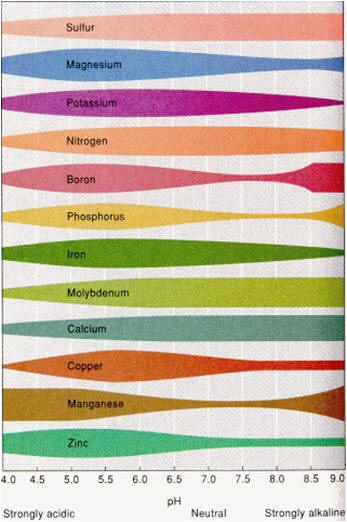
Concentration of nutrients in soil solution is influenced by many factors.
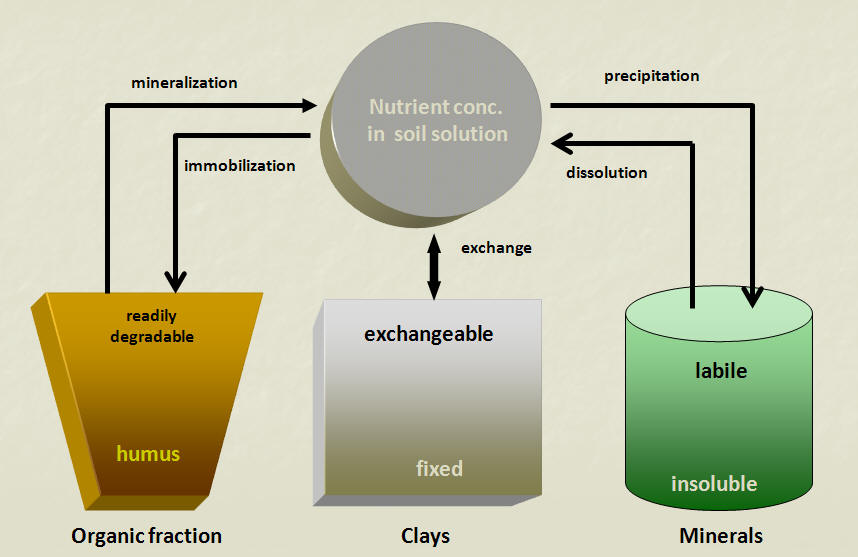
Movement of mineral nutrients to rhizosphere is govern by three mechanisms: massflow, diffusion and root interception.
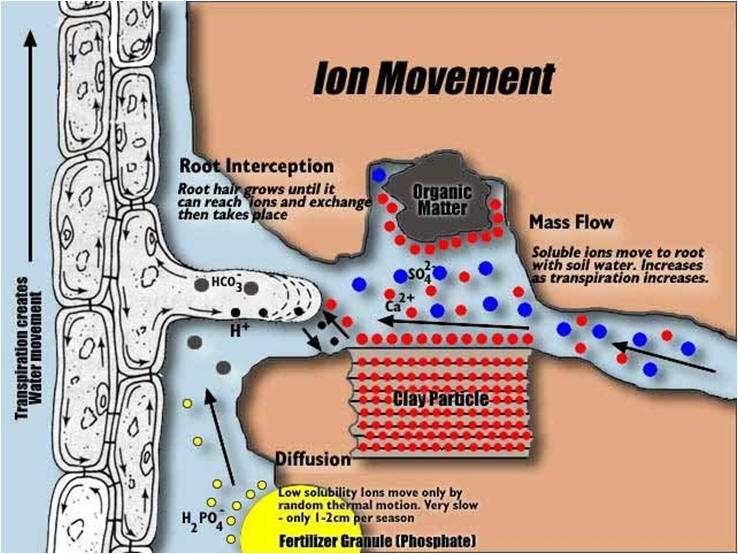
There are different membrane transport systems for mineral nutrient absorption by root cells.
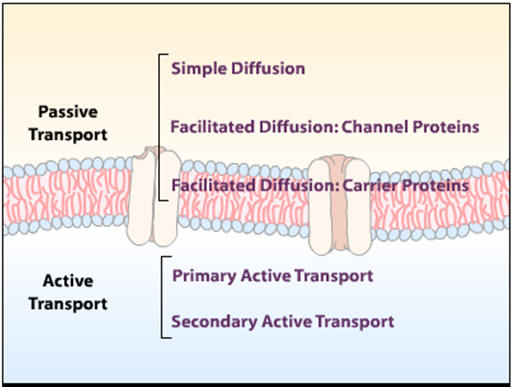
Nutrients (and water) can be taken up by roots via symplastic and apoplastic pathways.
